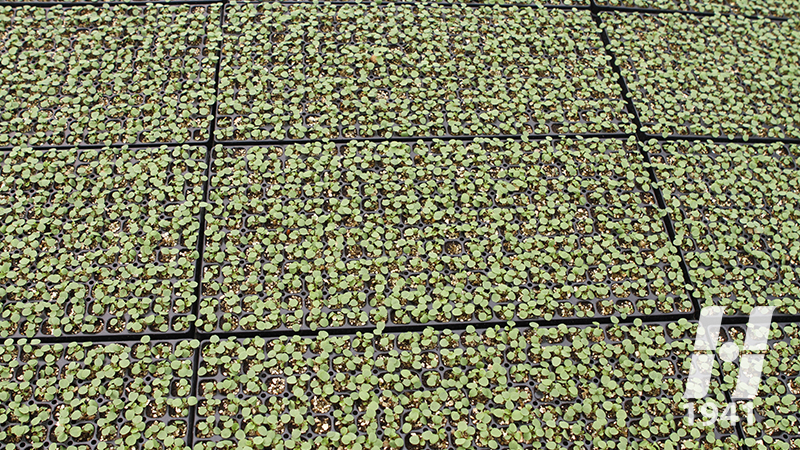How Electromagnetic Energy Might Help Stimulate Plant Growth
Research from Wageningen University & Research (WUR) shows that electromagnetic (EM) energy encourages crops to grow faster. With the same light and heat, crops such as potted plants quickly achieve approximately 30% more dry weight than with a traditional treatment.
This unique find could be a game changer for the sector.
“The technology can make a significant positive contribution to making the greenhouse horticulture sector more sustainable and increasing crop yields. We are going to conduct more in-depth research into this,” says Kees Weerheim, a researcher at WUR.
Activating crops by using electromagnetic energy is new. The inventor of the patented technology, LED specialist Mark van der Ende, discovered by chance that crops respond not only to light but also to certain frequencies of electromagnetic waves. He developed the ParXtra modulator, a device that uses RF-EM (Radio Frequency Electromagnetic Fields) and emits electromagnetic waves in the bandwidth of 1-15 MHz.
Experiments with the EM modulator in the cultivation of various potted plants, vegetables, and grasses revealed positive results. WUR research with Anthurium and ornamental pineapple confirmed these results. That research took place at Bunnik Bromelia in Kudelstaart.
The dry matter biomass of ornamental pineapple increased by 19% due to the use of ParXtra compared to cultivation without modulators. With Anthurium, it was 47%. In the case of ornamental pineapples, the plant grew 20% taller at the same time. In Anthurium, the leaf size increased by 20%, and rooting improved by approximately 10%.
The WUR research supports that electromagnetic waves promote the growth, size, and weight of the crop and ensure that flowering Anthurium plants produce more and larger flowers at the same time. The first evidence from WUR shows that growth corresponds to the physiological changes in these plants. With EM waves, plants enter active photosynthesis mode with less light and heat. WUR found that the stomata open wider, the leaf temperature drops and photosynthesis accelerates. An explanation for the increase in growth could be that the plant needs less energy to lower the leaf temperature, and therefore, more energy is left for crop development.
It appears that when low light levels and assimilation lighting are used, the differences with traditional treatments are greatest. In addition to the positive results, the WUR scientists found no negative effects of the EM treatment in cultivation. The inaudible sound waves are safe for humans and animals. WUR sees a lot of potential in the technology and will conduct more and larger tests shortly, now also on the fruit crops tomato and cucumber.
Siegfried Bunnik, owner of Bunnik Bromelia, is very enthusiastic about the technology and the possibilities it offers.
“We conducted the test with two batches of 8,500 plants. Both with identical conditions, one with ParXtra, the other without,” Bunnik says. “When I saw after six weeks that the plants were 30% larger and heavier than the other batch due to the use of electromagnetic energy, with the same use of light and heat, I was quickly convinced. The results have now also been scientifically confirmed. I am sure that this technology will take off.”









